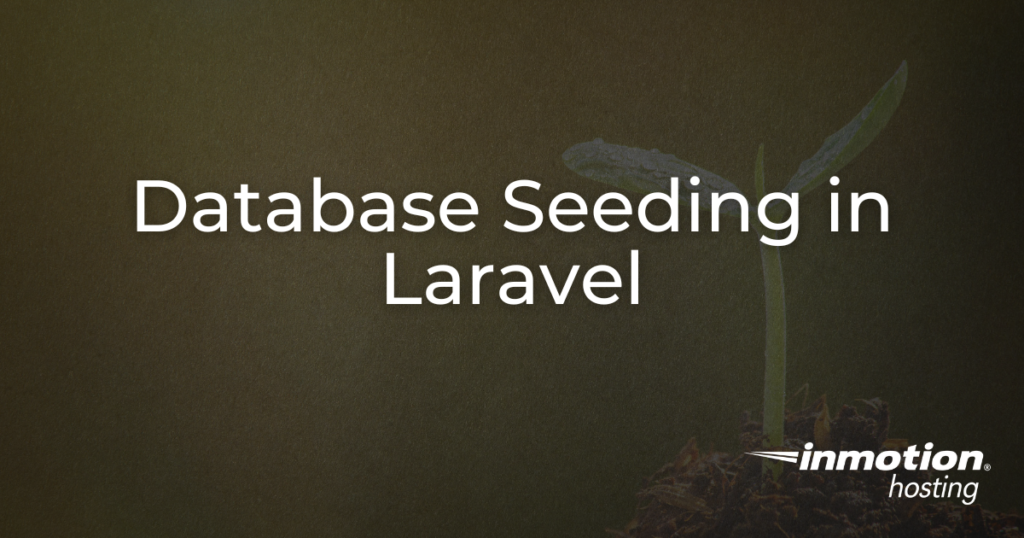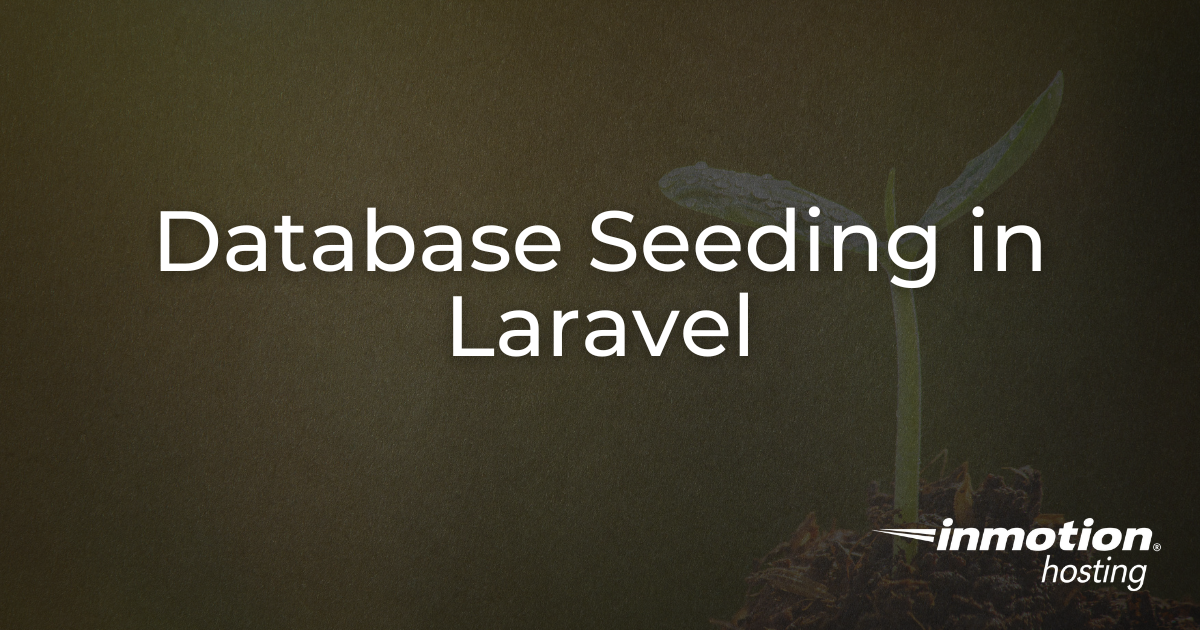
Database seeding is a crucial process in web development, allowing developers to populate databases with initial data. This is particularly useful for testing and development environments. Laravel offers a powerful and flexible way to seed databases. In this guide, we will cover everything you need to know about seeding databases in Laravel.
Introduction
Database seeding is the process of populating a database with an initial set of data. This is often necessary during the development phase to ensure the application works correctly with sample data. Seeding is also useful for testing purposes, allowing developers to run tests on consistent datasets.
In this guide, we will walk through:
- Setting Up Database Seeding in Laravel
- Writing and Running Seeder Classes
- Using Factories with Seeders
- Advanced Seeding Techniques
- Common Issues and Troubleshooting
Prerequisites
Before you start, ensure you have the following:
- Laravel installed
- Basic understanding of Laravel models and migrations
Boost your Laravel apps with our specialized Laravel Hosting. Experience faster speeds for your Laravel applications and websites thanks to NVMe storage, server protection, dedicated resources, and optimization tools.
99.99% Uptime
Free SSL
Dedicated IP Address
Developer Tools
Setting Up Database Seeding
Creating a Seeder Class
Laravel provides a simple way to create seeder classes using the Artisan command. To create a seeder class, run:
php artisan make:seeder UsersTableSeederThis command generates a new seeder class in the database/seeders directory.
Writing Seeder Classes
Open the newly created seeder class (e.g., UsersTableSeeder.php) and define the data you want to seed. Here is a basic example of seeding user data:
namespace Database\Seeders;
use Illuminate\Database\Seeder;
use Illuminate\Support\Facades\DB;
use Illuminate\Support\Facades\Hash;
use Illuminate\Support\Str;
class UsersTableSeeder extends Seeder
{
public function run()
{
DB::table('users')->insert([
'name' => Str::random(10),
'email' => Str::random(10).'@example.com',
'password' => Hash::make('password'),
]);
}
}
Running Seeders
To run the seeder, use the db:seed Artisan command:
php artisan db:seed --class=UsersTableSeederYou can also run all seeders defined in the DatabaseSeeder class using:
php artisan db:seedTo include multiple seeders, modify the DatabaseSeeder class:
namespace Database\Seeders;
use Illuminate\Database\Seeder;
class DatabaseSeeder extends Seeder
{
public function run()
{
$this->call([
UsersTableSeeder::class,
PostsTableSeeder::class,
]);
}
}Using Factories with Seeders
Introduction to Model Factories
Model factories in Laravel allow you to define a blueprint for creating model instances with fake data. This is especially useful for seeding large amounts of data. See our Creating Laravel Database Model Factories for a more in-depth guide on model factories.
Creating a Factory Class
To create a factory class, use the Artisan command:
php artisan make:factory UserFactoryThis command generates a new factory class in the database/factories directory.
Defining Model Factories
Open the generated factory file (e.g., UserFactory.php) and define the model’s default state:
namespace Database\Factories;
use Illuminate\Database\Eloquent\Factories\Factory;
use Illuminate\Support\Facades\Hash;
use Illuminate\Support\Str;
class UserFactory extends Factory
{
protected $model = \App\Models\User::class;
public function definition()
{
return [
'name' => $this->faker->name(),
'email' => $this->faker->unique()->safeEmail(),
'email_verified_at' => now(),
'password' => Hash::make('password'),
'remember_token' => Str::random(10),
];
}
}Using Factories in Seeders
Modify the seeder class to use the factory for generating data:
namespace Database\Seeders;
use Illuminate\Database\Seeder;
use App\Models\User;
class UsersTableSeeder extends Seeder
{
public function run()
{
User::factory()->count(50)->create();
}
}Advanced Seeding Techniques
Using Faker for Realistic Data
Faker provides various methods to generate realistic data. You can use these methods in your factory definitions to create more authentic datasets. See Using fake() to Generate Fake Data for more information.
Seeding Related Models
You can seed related models by defining relationships within the factory:
$factory->define(App\Models\Post::class, function () {
return [
'title' => $this->faker->sentence(),
'body' => $this->faker->paragraph(),
'user_id' => User::factory(),
];
});Using States in Factories
States allow you to define different variations of model attributes. For example, you can create a state for verified users:
class UserFactory extends Factory
{
public function verified()
{
return $this->state([
'email_verified_at' => now(),
]);
}
}Use the state in your seeder:
User::factory()->count(10)->verified()->create();Resetting the Database
During development, you might need to reset your database and reseed it. Laravel provides a command for this:
php artisan migrate:refresh --seedThis command rolls back all migrations and runs them again, followed by running the seeders.
Common Issues and Troubleshooting
Handling Foreign Key Constraints
When seeding data with foreign key constraints, you might encounter errors. To prevent this, you can disable foreign key checks:
DB::statement('SET FOREIGN_KEY_CHECKS=0;');
// Run your seeders
DB::statement('SET FOREIGN_KEY_CHECKS=1;');Debugging Seeder Errors
Use the dd() helper to debug your seeder methods. This will dump the data and stop execution, allowing you to inspect the data:
dd($user);Conclusion
In this guide, we have explored how to effectively seed databases in Laravel. By leveraging seeders and model factories, you can populate your database with realistic data, facilitating testing and development. For more detailed information, refer to the official Laravel documentation.

